
Nissan Qashqai Red Engine Light: Causes, Meanings, and Solutions
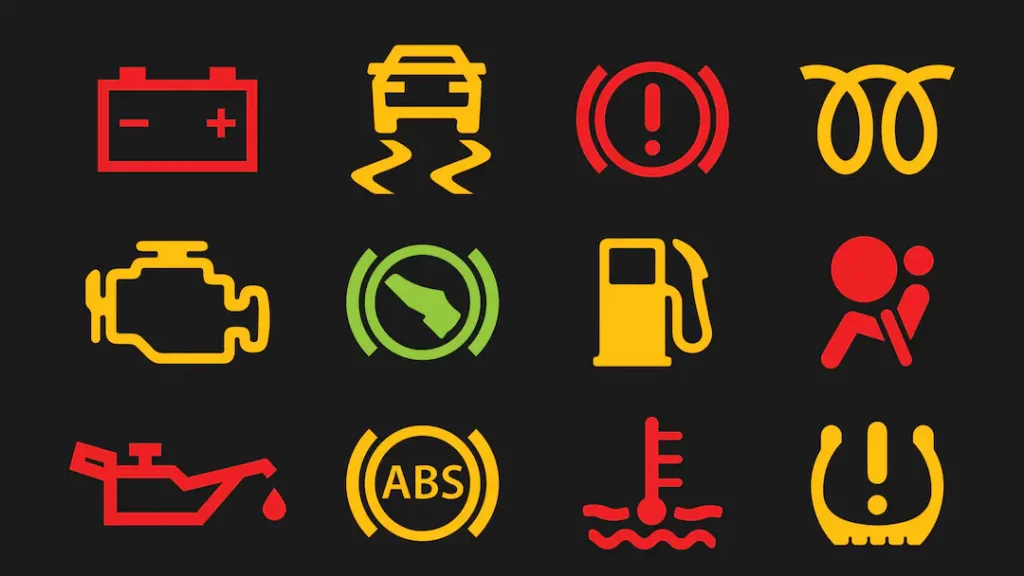
When the red engine light illuminates on your Nissan Qashqai dashboard, it’s not just a casual warning — it’s a critical alert that demands immediate attention. In this complete guide, we explain the meaning, causes, and step-by-step solutions to help you diagnose and resolve the issue before serious damage occurs.
- Understanding the Red Engine Light on the Nissan Qashqai
- What the Engine Control System Does
- Main Causes of the Red Engine Light in a Nissan Qashqai
- Other Potential Causes
- Can You Drive with the Red Engine Light On?
- Using an OBD2 Scanner to Diagnose the Issue
- Preventive Maintenance Tips
- When to Seek Professional Help
- Cost to Repair the Red Engine Light Issue
- Frequently Asked Questions
- Conclusion
Understanding the Red Engine Light on the Nissan Qashqai
The engine management light (EML), also known as the malfunction indicator lamp (MIL), is your Qashqai’s built-in communication system.
It uses three primary colours:
- Amber/Orange – A mild fault or emissions issue.
- Flashing Amber – An escalating or intermittent problem.
- Red – A critical engine malfunction. Stop the car safely as soon as possible.
When the red engine light appears, the vehicle’s ECU (Engine Control Unit) has detected a malfunction that could affect combustion, emissions, or engine protection systems. Continuing to drive could result in engine failure, turbo damage, or catalytic converter burnout.
What the Engine Control System Does
The engine control system manages ignition timing, fuel delivery, turbo boost, and emissions.
It constantly monitors data from sensors such as:
- Oxygen (O₂) sensor
- Mass airflow sensor (MAF)
- Crankshaft and camshaft position sensors
- EGR valve (Exhaust Gas Recirculation)
- Fuel injectors
- Turbo boost pressure sensor
If any of these components fail, the ECU triggers the red engine warning light.
Main Causes of the Red Engine Light in a Nissan Qashqai
Below are the most common mechanical and electronic faults responsible for a red engine light in Nissan Qashqai petrol and diesel models.
1. Faulty Fuel Injectors
Problem:
The 1.5 dCi diesel engine in older Qashqai models is particularly prone to injector failure. Contaminated or poor-quality fuel can clog injectors, disrupting the air-fuel mixture and triggering the red light.
Symptoms:
- Rough idling or misfiring
- Reduced power
- Increased fuel consumption
- Black smoke from exhaust
Solution:
- Replace or professionally clean the injectors.
- Use premium diesel and change the fuel filter regularly.
- Consider using injector cleaner every 5,000 miles as a preventive measure.
2. Stuck EGR Valve (Exhaust Gas Recirculation)
Problem:
Carbon buildup inside the EGR valve prevents it from opening or closing properly, increasing emissions and causing poor combustion.
 Nissan Qashqai Common Problems and How to Fix Them: A Complete Owner’s Guide
Nissan Qashqai Common Problems and How to Fix Them: A Complete Owner’s GuideSymptoms:
- Engine hesitation
- Loss of acceleration
- Increased fuel usage
- Rough idle or stalling
Solution:
- Remove and clean the EGR valve with a carbon cleaner.
- Use high-quality fuel with detergents.
- Drive the vehicle at higher revs occasionally to burn carbon deposits (known as an “Italian tune-up”).
3. Timing Belt Wear or Failure
Problem:
A worn timing belt can slip or break, disrupting synchronization between the crankshaft and camshaft — a catastrophic scenario that can destroy the engine.
Symptoms:
- Metallic rattling sound
- Sudden engine stall
- Engine fails to start
- Red light immediately before engine shutdown
Solution:
- Replace the timing belt every 60,000 miles or as specified in the service manual.
- If failure occurs, have the engine inspected for valve or piston damage.
4. Turbocharger Malfunction
Problem:
Diesel Qashqai models feature a turbocharged four-cylinder engine. Oil contamination, poor maintenance, or clogged air filters can lead to turbo failure.
Symptoms:
- Whining noise under acceleration
- Thick smoke from the exhaust
- Loss of power or limp-mode activation
Solution:
- Inspect turbo for shaft play or oil leaks.
- Replace the turbocharger if damaged.
- Regular oil changes (every 6,000–8,000 miles) prevent recurrence.
5. Faulty Oxygen Sensor
Problem:
A failed oxygen sensor sends incorrect data to the ECU, leading to inefficient fuel combustion and potential catalytic converter damage.
Solution:
Replace the faulty O₂ sensor immediately — this is one of the most common and inexpensive causes of an engine light in the Qashqai.
 Nissan Qashqai Common Problems and How to Fix Them: A Complete Owner’s Guide
Nissan Qashqai Common Problems and How to Fix Them: A Complete Owner’s Guide Nissan Qashqai Not Starting: 10 Common Causes and How to Fix Them
Nissan Qashqai Not Starting: 10 Common Causes and How to Fix ThemOther Potential Causes
| Possible Fault | Description | Recommended Action |
|---|---|---|
| Catalytic converter clogging | Excessive carbon or unburnt fuel restricts exhaust flow. | Replace the converter if cleaning fails. |
| Mass Air Flow (MAF) sensor error | Incorrect air readings affect combustion. | Clean or replace MAF sensor. |
| Spark plug or coil failure | Common in petrol Qashqai engines. | Replace spark plugs every 30,000 miles. |
| Low oil pressure | Damaged pump or oil leak. | Stop engine and check oil immediately. |
| Wiring or connector fault | Corroded or loose connectors trigger false errors. | Inspect and re-secure harness connections. |
Can You Drive with the Red Engine Light On?
We strongly advise not to drive your Nissan Qashqai when the red engine light is on.
Even short distances can cause irreversible mechanical damage.
If the light appears:
- Pull over safely and switch off the engine.
- Check vital fluids (oil, coolant).
- Listen for unusual noises.
- Call roadside assistance or a qualified mechanic.
- Avoid restarting the car until the cause is identified.
Using an OBD2 Scanner to Diagnose the Issue
An OBD2 (On-Board Diagnostics) scanner can reveal fault codes directly from the ECU. Common Qashqai codes include:
| Code | Meaning | System |
|---|---|---|
| P0201-P0204 | Injector circuit malfunction | Fuel system |
| P0400 | EGR flow malfunction | Emissions |
| P0130-P0135 | Oxygen sensor circuit fault | Exhaust |
| P0100-P0104 | MAF sensor error | Air intake |
| P0299 | Turbo underboost condition | Turbocharger |
| P0340 | Camshaft position sensor fault | Timing system |
Interpreting these codes helps pinpoint the failing system before expensive parts are replaced unnecessarily.
Preventive Maintenance Tips
To avoid the red engine light reappearing:
- Follow manufacturer-recommended service intervals.
- Use high-quality fuel and lubricants.
- Replace filters (air, fuel, oil) regularly.
- Warm up the engine before driving aggressively.
- Inspect electrical connectors during each service.
- Keep an OBD2 scanner handy for early fault detection.
When to Seek Professional Help
If your diagnostic scan shows multiple codes, or if the light remains red after repairs, professional diagnostics using Nissan CONSULT-III or similar systems is required.
Certified Nissan technicians can check:
- ECU updates or software recalls
- Sensor calibration
- Fuel pressure and injector balance tests
- Turbo boost and EGR valve data logs
Cost to Repair the Red Engine Light Issue
| Component | Estimated Cost (USD) |
|---|---|
| Injector replacement (set of 4) | $600 – $1,200 |
| EGR valve cleaning/replacement | $150 – $400 |
| Turbocharger replacement | $1,000 – $2,000 |
| Timing belt service | $400 – $800 |
| O₂ sensor replacement | $100 – $250 |
| Diagnostic scan | $60 – $120 |
Frequently Asked Questions
1. Why is my Nissan Qashqai red engine light flashing?
A flashing red light indicates an active and severe misfire. Stop the vehicle immediately to prevent catalytic converter damage.
2. Can low oil trigger the red engine light?
Yes. Low oil pressure or lack of lubrication can cause serious engine damage, prompting the ECU to display a red warning.
3. Will disconnecting the battery reset the red light?
Temporarily, yes — but the underlying issue remains. The light will reappear once the ECU re-detects the fault.
4. How do I know if my turbo has failed?
You may hear a whining noise, experience power loss, or see black or blue exhaust smoke. These signs require immediate inspection.
You may be interested in reading Nissan Qashqai Common Problems and How to Fix Them: A Complete Owner’s Guide
Nissan Qashqai Common Problems and How to Fix Them: A Complete Owner’s Guide Nissan Qashqai Not Starting: 10 Common Causes and How to Fix Them
Nissan Qashqai Not Starting: 10 Common Causes and How to Fix Them Nissan Qashqai DPF Problems: Symptoms, Causes, and Expert Solutions
Nissan Qashqai DPF Problems: Symptoms, Causes, and Expert Solutions5. How often should I service my Qashqai to avoid engine light issues?
We recommend servicing every 10,000–12,000 miles (or annually) with OEM-approved fluids and filters.
Conclusion
The Nissan Qashqai red engine light is a serious indicator that should never be ignored. Whether it’s caused by injector failure, EGR blockage, turbo malfunction, or a timing issue, acting promptly can prevent thousands in repair costs.
Regular servicing, quality fuel, and quick diagnostics are the keys to keeping your Qashqai running smoothly and efficiently.
If you want to know other articles similar to Nissan Qashqai Red Engine Light: Causes, Meanings, and Solutions you can visit the category Common Problems.
Deja una respuesta

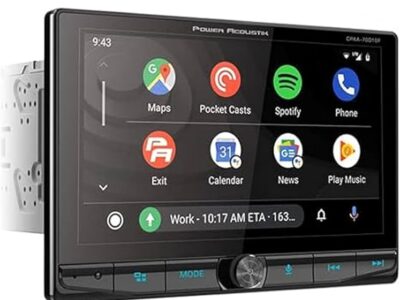
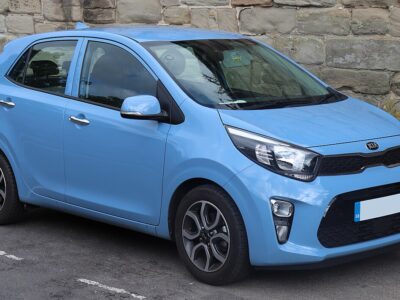
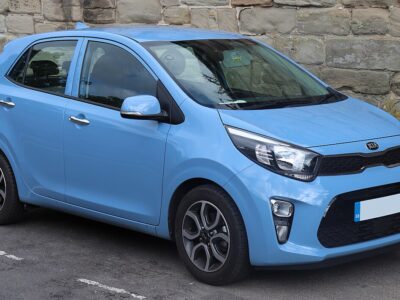
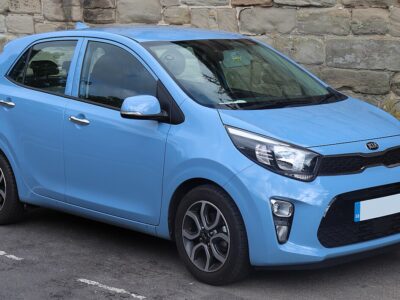
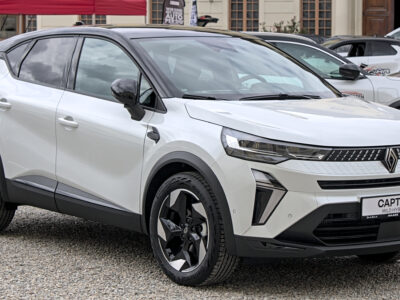
More content of your interest